Understanding Your Home’s Style
The first step in choosing the perfect furniture is to understand your home’s architectural style and your personal aesthetic preferences. Are you living in a sleek, modern apartment with clean lines and minimalist features? Or perhaps you have a charming rustic farmhouse with exposed beams and natural textures? Maybe your home is a traditional colonial with elegant moldings and formal spaces.
Take time to analyze your space and identify key architectural elements that define its character. This could include:
- The era or period of your home’s construction
- Prominent architectural features (e.g., high ceilings, large windows, open floor plans)
- Existing color schemes and finishes
- The overall ambiance or mood you want to create
Once you have a clear understanding of your home’s style, you can begin to select furniture that complements and enhances these features.
Consider Scale and Proportion
One of the most common mistakes in furniture selection is choosing pieces that are either too large or too small for the space. Proper scale and proportion are crucial for creating a balanced and harmonious interior.
Here are some tips to ensure your furniture fits well within your space:
- Measure your rooms carefully, including doorways and staircases
- Create a floor plan or use masking tape to outline furniture placement
- Consider the visual weight of furniture pieces
- Leave enough space for comfortable movement around furniture
- In small spaces, opt for furniture with exposed legs to create a sense of airiness
- For large rooms, use area rugs or create separate seating areas to define spaces
Remember, furnishing your home is an ongoing process. Don’t be afraid to take your time, shop around, and even experiment with different arrangements. With patience and attention to detail, you’ll create a space that not only looks beautiful but also feels like home.
Color Coordination
Color plays a crucial role in tying your furniture to your home’s overall design scheme. The right color choices can create harmony, while poor selections can lead to a disjointed look.
Here are some strategies for color coordination:
- Use a color wheel to find complementary or analogous color schemes
- Consider the 60-30-10 rule: 60% dominant color, 30% secondary color, 10% accent color
- Use neutral furniture as a versatile base and add pops of color with accessories
- Take into account the natural light in your space and how it affects color perception
- Don’t forget about wood tones and how they interact with your color palette
Remember, you can always use throw pillows, rugs, or artwork to introduce or tie together colors in your space without committing to large, colorful furniture pieces.
Material Matters
The materials used in your furniture should not only align with your home’s style but also meet your practical needs. Different materials convey different moods and require varying levels of maintenance.
Consider these popular furniture materials and their characteristics:
- Wood: Warm, versatile, suits many styles from traditional to modern
- Metal: Sleek, durable, great for industrial or modern styles
- Glass: Creates a sense of openness, works well in small spaces or modern interiors
- Leather: Luxurious, durable, ages well but requires specific care
- Fabric upholstery: Comfortable, available in various textures and patterns, may require more frequent cleaning
- Rattan or wicker: Adds texture and a casual, natural feel, great for bohemian or coastal styles
When selecting materials, consider factors such as durability, ease of cleaning, and how well they age. If you have children or pets, you may want to opt for more resilient materials or performance fabrics.
Consider Your Lifestyle
Your furniture should not only match your home’s style but also accommodate your lifestyle. Think about your daily routines, hobbies, and future plans when selecting furniture.
Lifestyle factors to consider:
- Family size and composition (e.g., young children, pets)
- Entertaining habits (frequent dinner parties, casual gatherings)
- Work-from-home needs
- Hobbies that require specific furniture or storage
- Plans for future changes (e.g., growing family, downsizing)
Choose furniture that supports your lifestyle while still aligning with your aesthetic preferences.
Don’t Forget About Lighting
While not furniture per se, lighting plays a crucial role in how your furniture looks and functions. The right lighting can enhance your furniture and create the desired ambiance in your space.
Consider these lighting tips:
- Use a mix of ambient, task, and accent lighting
- Choose light fixtures that complement your furniture style
- Consider how natural light interacts with your furniture throughout the day
- Use dimmer switches for versatility
- Don’t forget about the importance of proper task lighting for functional areas
Conclusion
Choosing the perfect furniture for your home’s style is a thoughtful process that involves considering various factors, from your home’s architecture to your personal lifestyle needs. By understanding your home’s style, focusing on scale and proportion, prioritizing functionality, coordinating colors and materials, and investing in quality pieces, you can create a harmonious and inviting living space that truly reflects your unique taste and meets your practical needs.

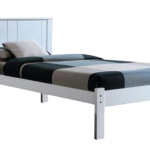
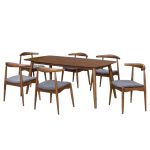
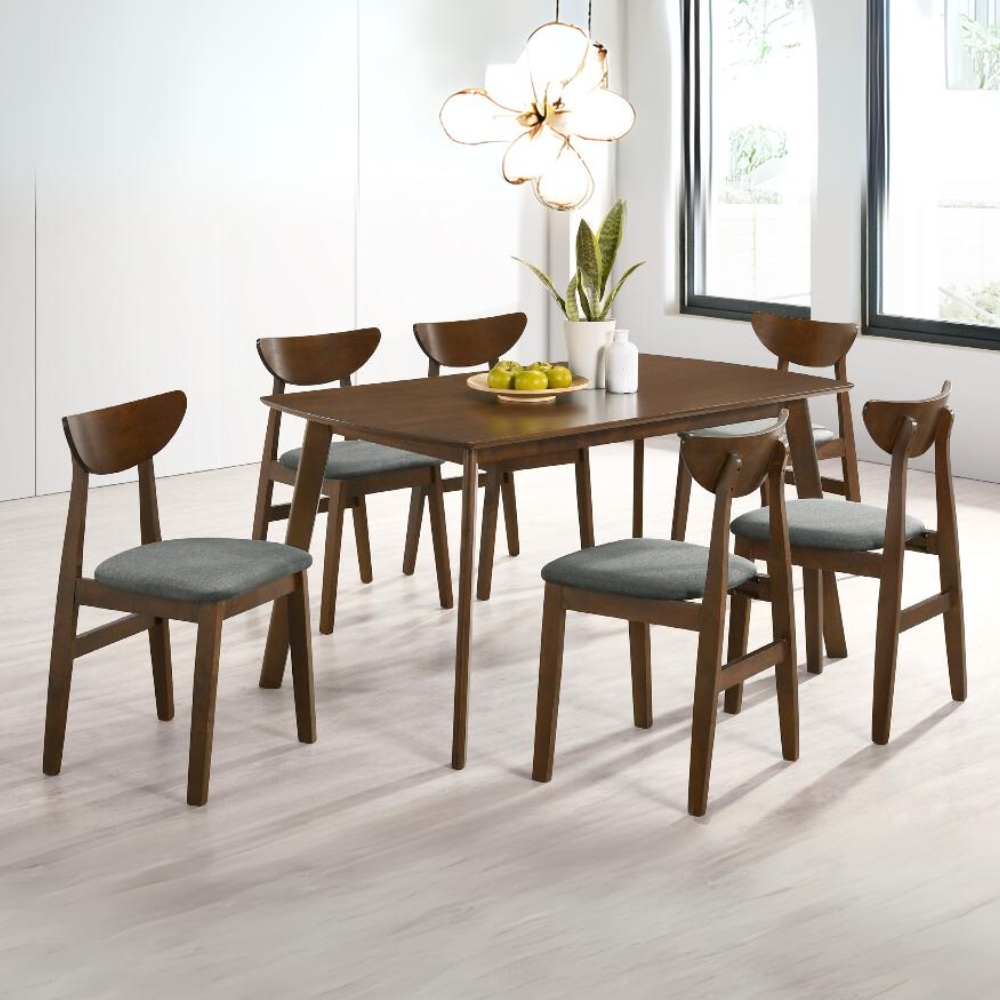


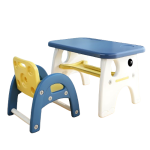
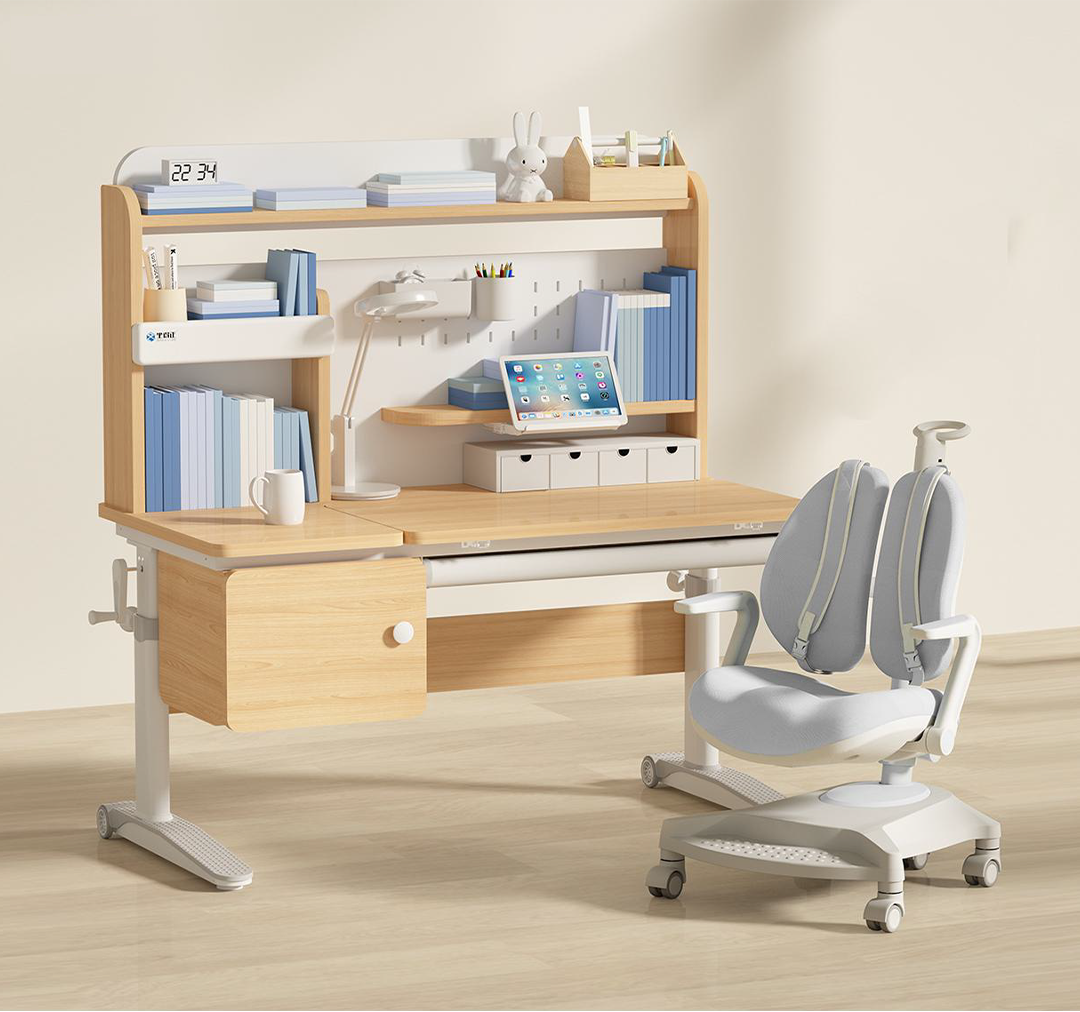

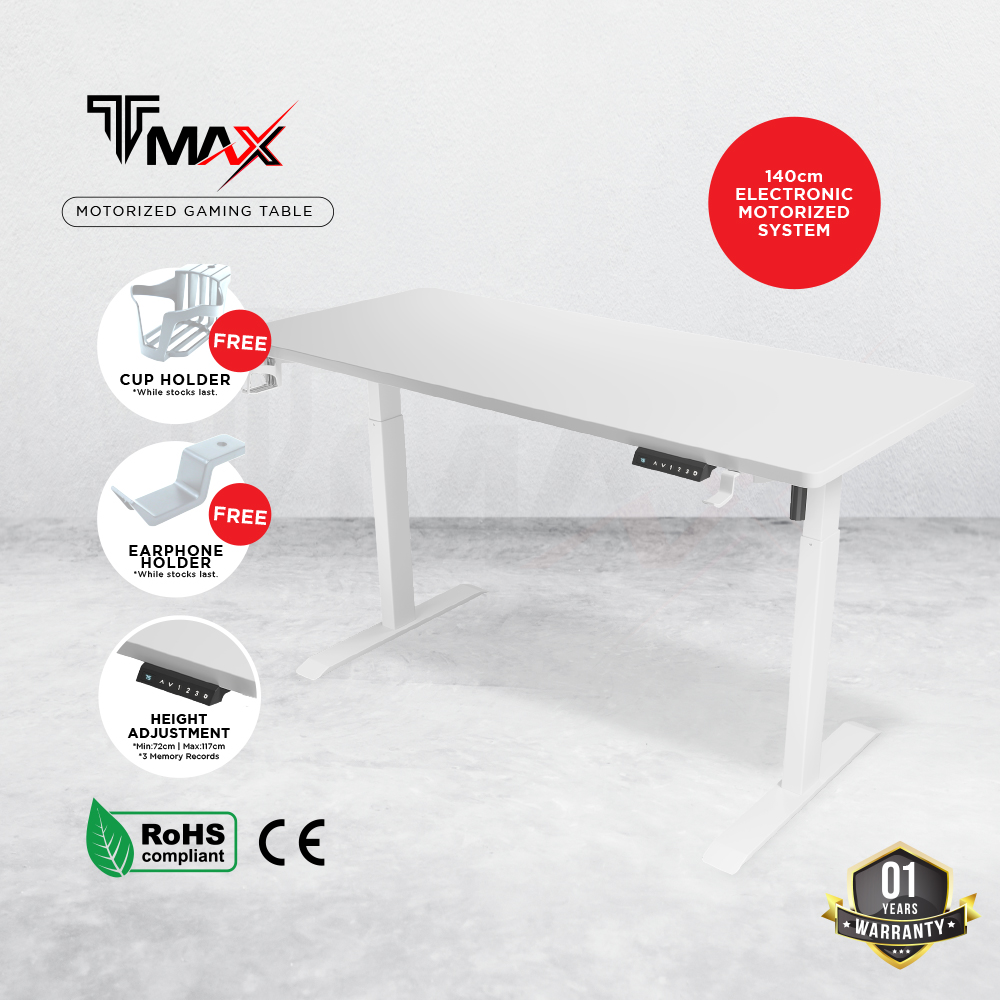
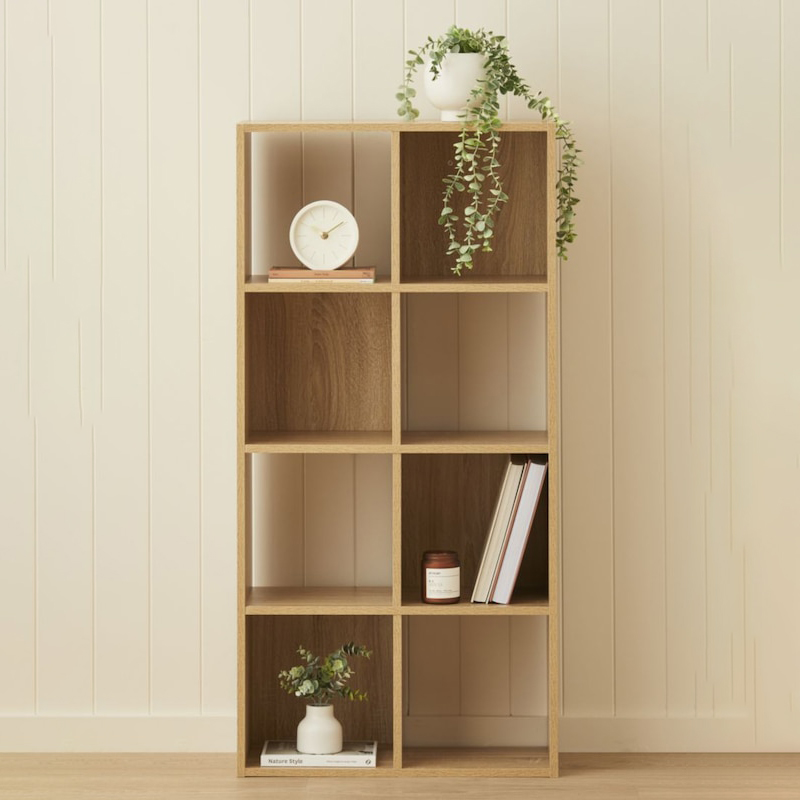


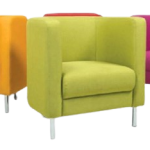
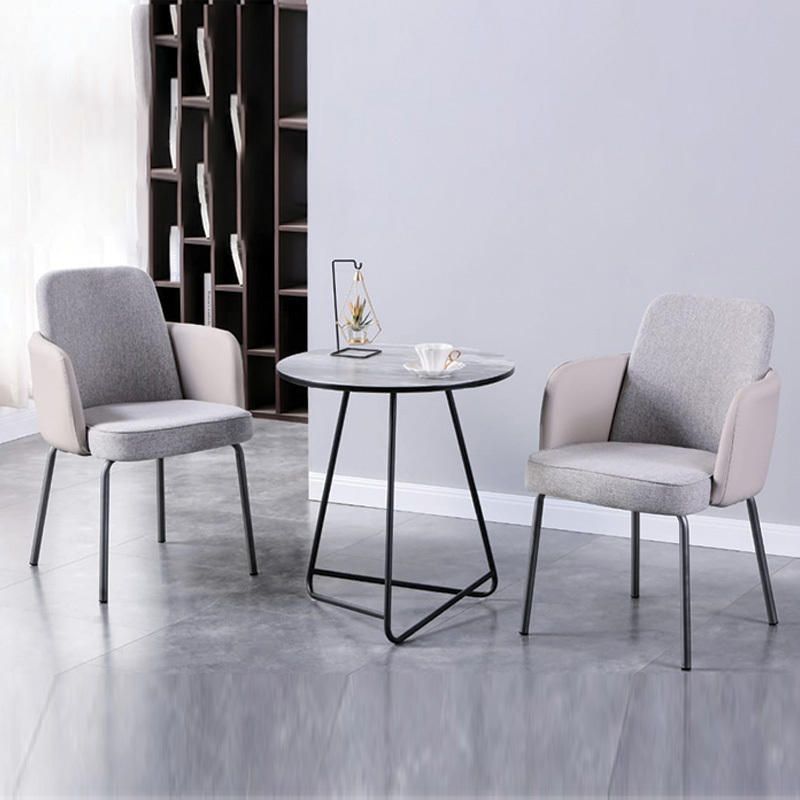
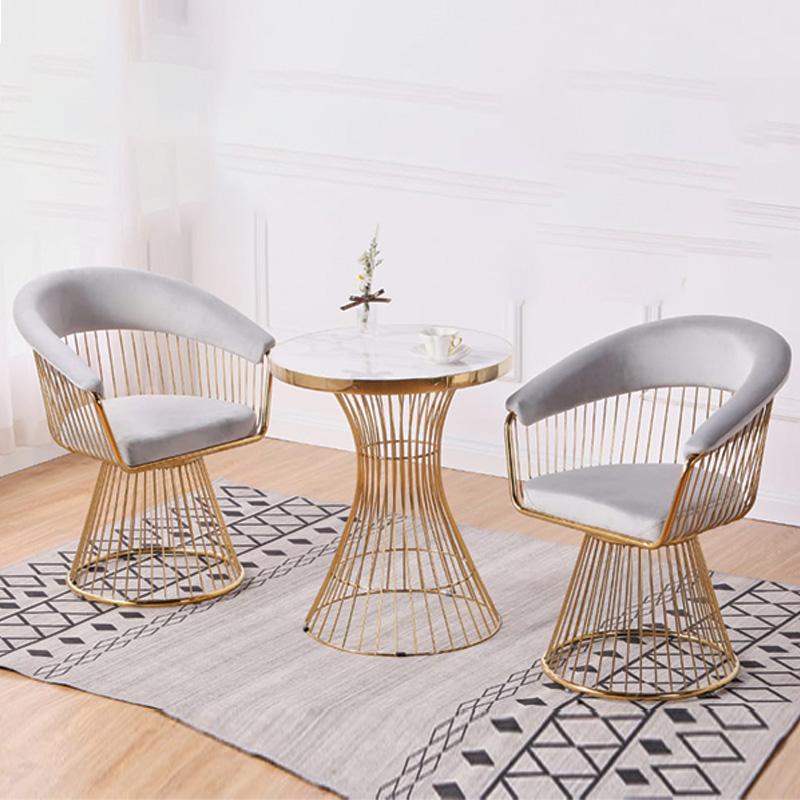

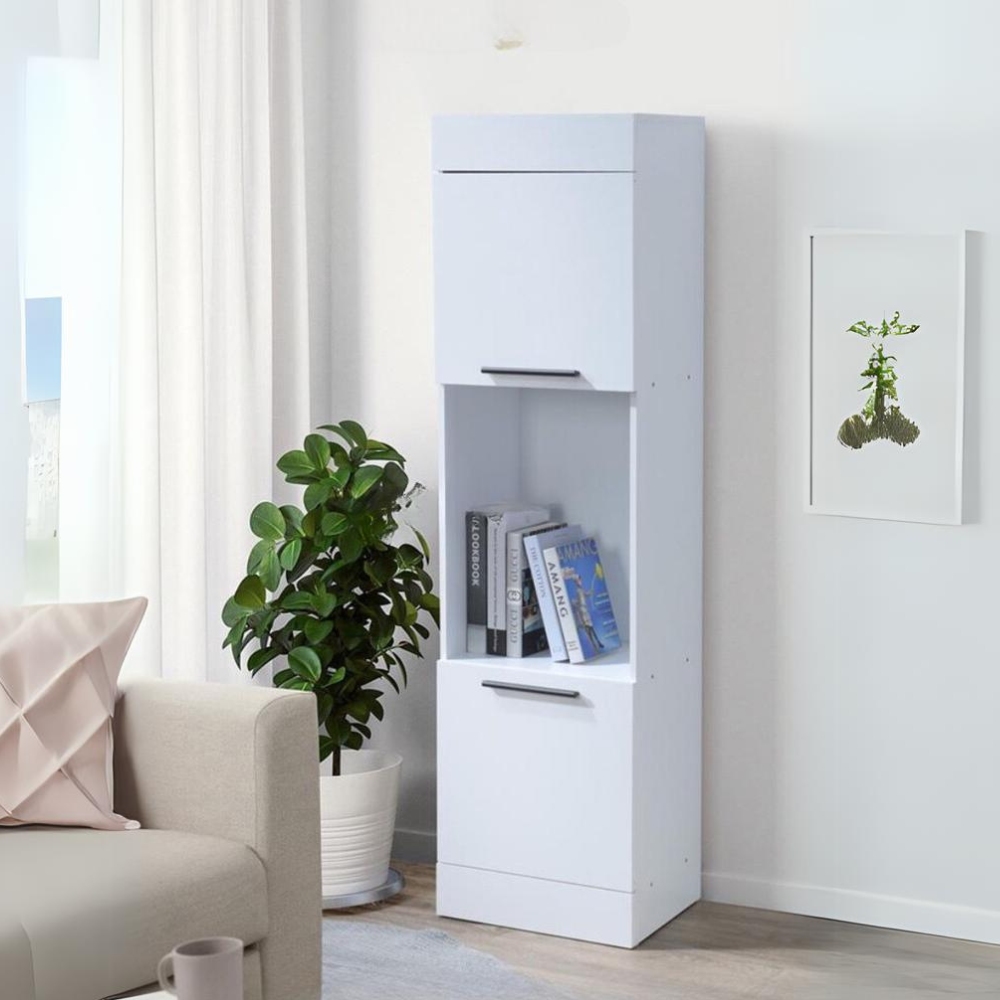
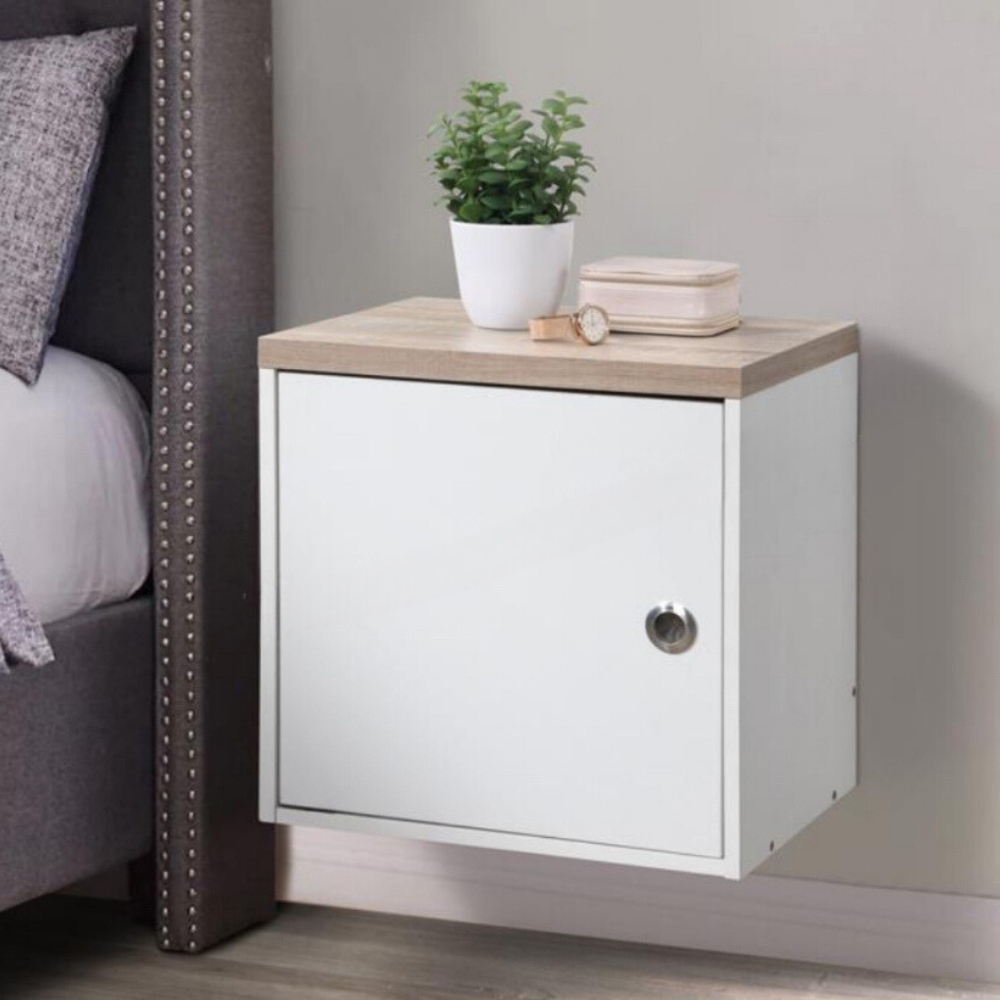


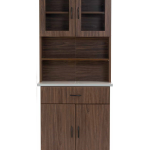
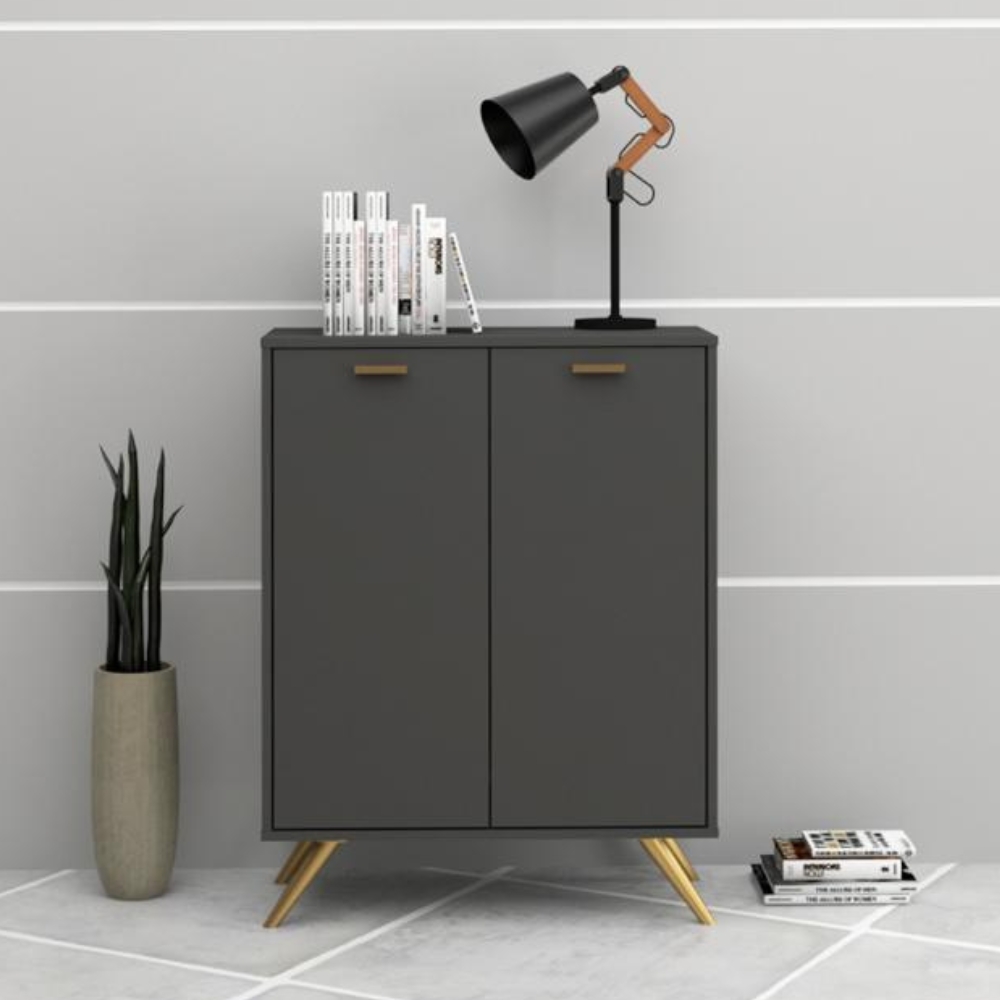




















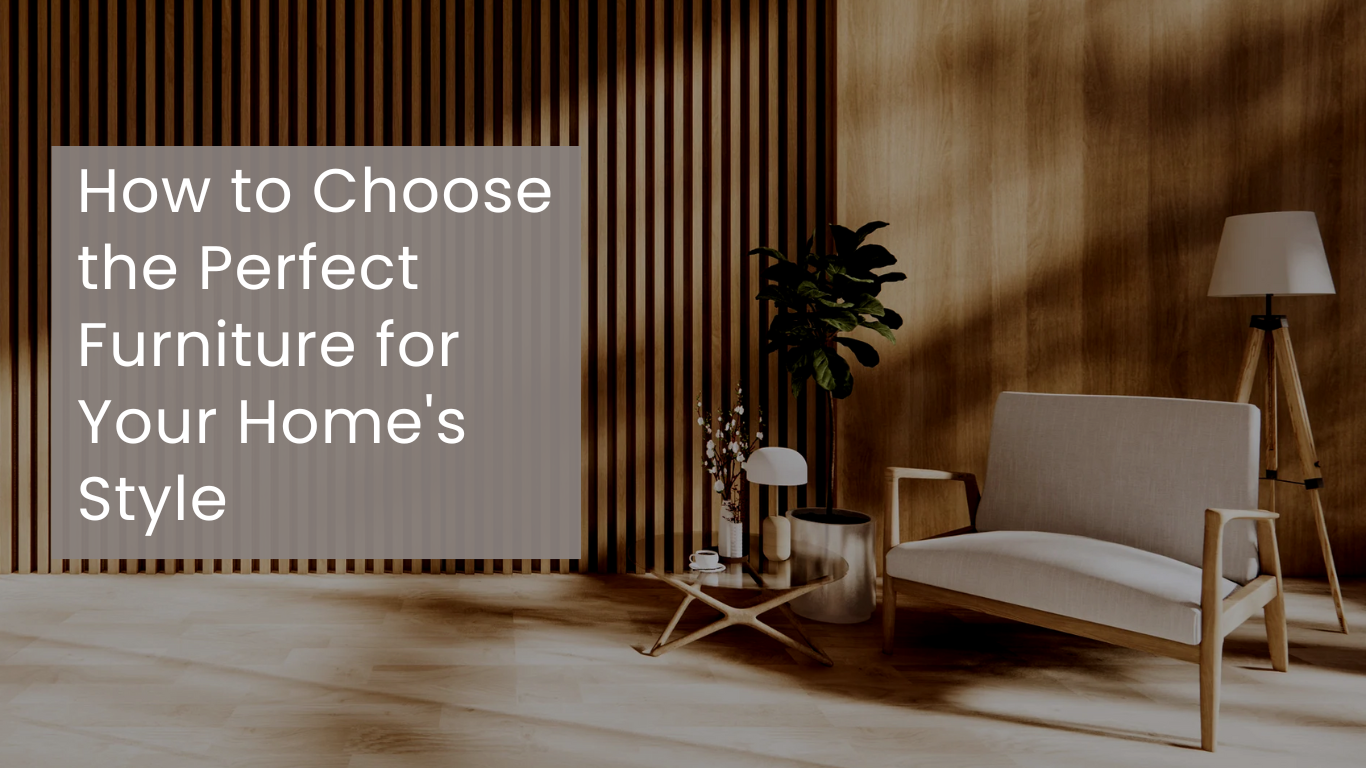
 Office Storage
Office Storage Steel Cabinet
Steel Cabinet

